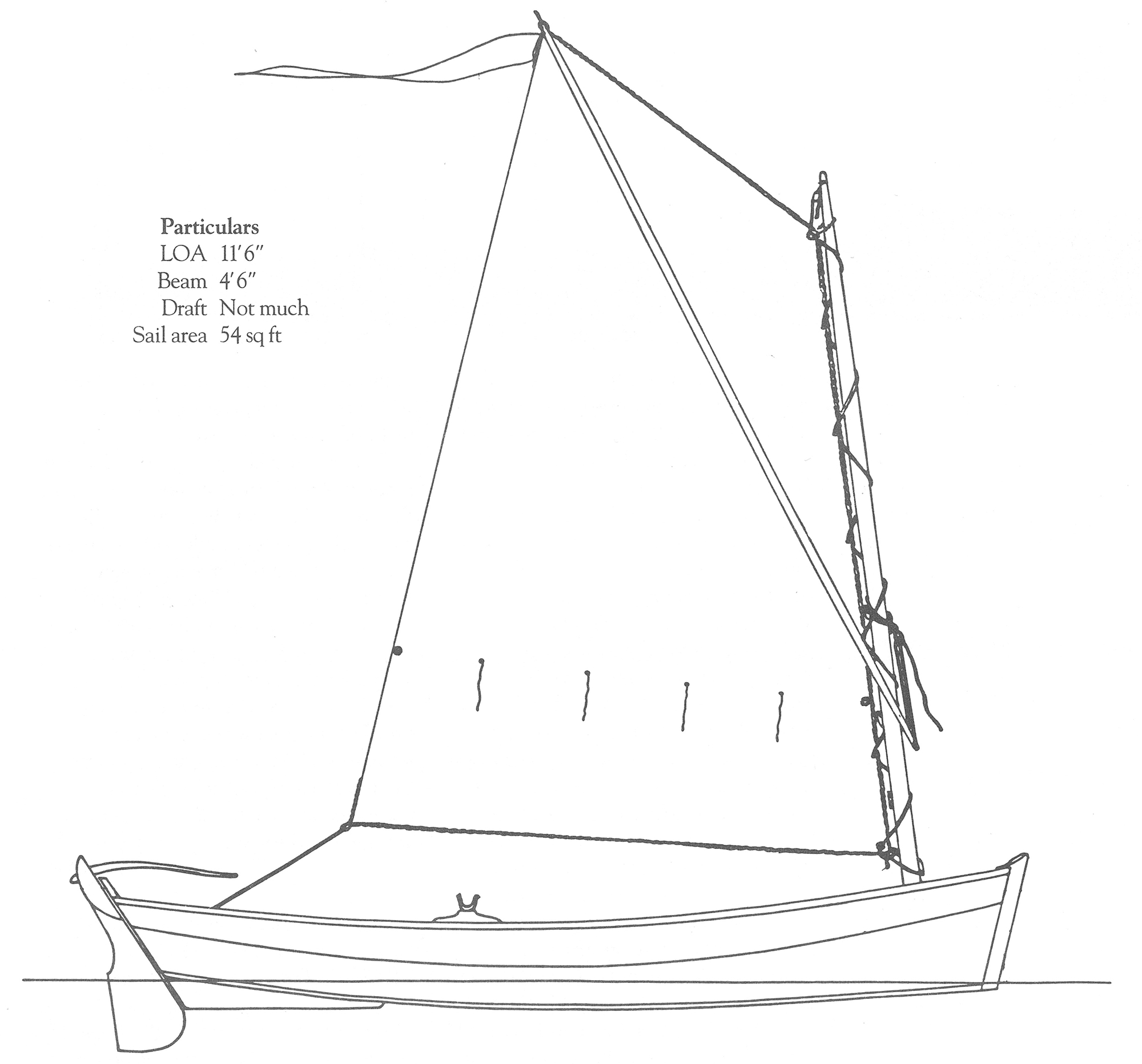
David Stimson based this fine skiff on the work of Pete Culler.
David Stimson of Boothbay, Maine, submitted the drawings for his Sea Urchin to WoodenBoat magazine’s “In search of the Perfect Skiff” design competition in 1991. The judges (including myself) were taken with the shape of this skiff’s hull and awarded Stimson an honorable mention. Had the boat been larger, and thus a better match to the contest’s criteria, I suspect it would have earned one of the top prizes. (In fairness, it should be said that Stimson designed the boat prior to learning of the competition.)
In any case, the young builder presented a strong argument for a small skiff: “Two people can easily carry the boat, and it will fit in the back of a pickup truck-eliminating the need for a trailer. Lower materials costs should not be ignored. Also, Urchin’s small size makes it ideal for children to mess about in.”
To meet the contest’s camping criterion, Stimson drew a nifty tent that pitches under the sprit ( with the ‘midships thwart removed to permit sleeping on the floorboards). Some of the judges worried that the tent and its associated gear would be difficult to pack in the tiny hull – along with crew, food, and other necessities. As may be, they all agreed that, once erected, the tent would provide palatial accommodations by beach-cruising standards.
Plans for flat-bottomed skiffs can be tricky to draw and difficult to interpret. That is to say, a handsome profile on paper provides no guarantee of pulling a goodlooking, three-dimensional skiff out of the shop. After a few near disasters, I learned early on to always model straight-sided boats before drawing them. Indeed, Stimson and his apprentice developed Urchin from a model, and a fine one at that.
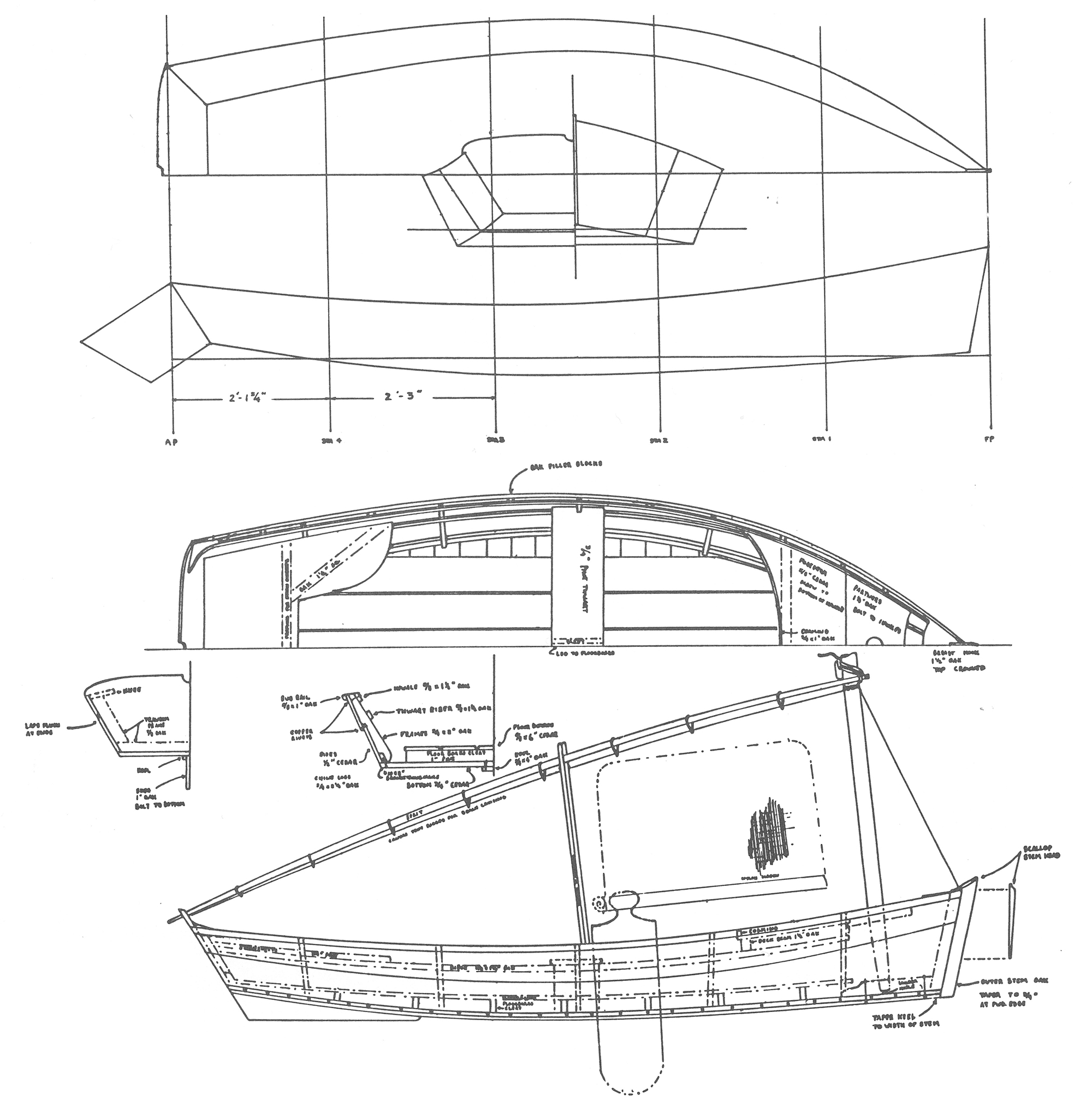
Top: The traditional cedar-over-oak construction will age with grace. Bottom: Sea Urchin rigged for a comfortable night.
They built the prototype of cedar over oak. If a wood more pleasant than white cedar exists, I don’t know what it might be. It takes fastenings well, glues well, works well, and has a satisfying aroma. It is soft. Cedar planks can work into each other as they swell, and they’ve been known to cure imperfect plank bevels with no help from a builder’s hand. On the Jersey beaches of my youth, cedar-planked skiffs seldom required seam compound. Boats planked with mahogany consumed gallons of the goop.
Stimson includes alternate specifications for sheathing this skiff completely with plywood. Although we might favor a plywood bottom if our skiff must live on a trailer, let’s stay with cedar for the lapped sides. A decade from now, we’ll appreciate the decision. Cedar skiffs age with dignity and grace. Plywood skiffs just grow old.
-M.O’B.
Plans from Stimson Marine, Inc., RR 1 Box 524, Boothbay, ME 04537.
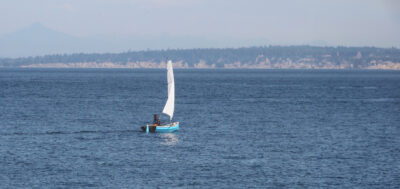
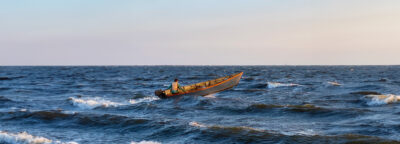

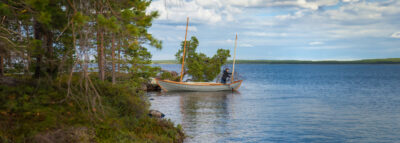
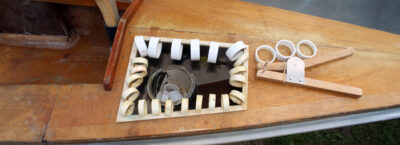
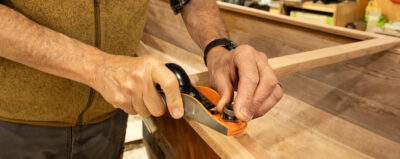
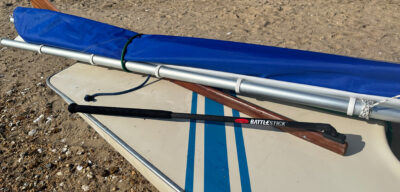
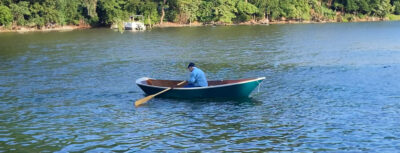
Join The Conversation
We welcome your comments about this article. If you’d like to include a photo or a video with your comment, please email the file or link.